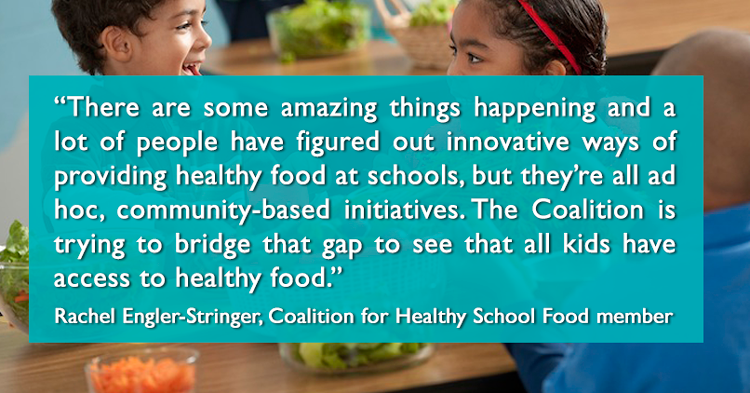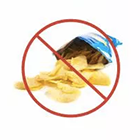Who Should Decide What Kids Eat at School? (News Article: National Post)

![]()
Context: It’s become a daily struggle for most parents to find foods that are socially acceptable, allergen-free – and that kids will eat - to pack in kids lunch boxes. With growing obesity rates among children in Canada, and keeping in mind Health Minister Jane Philpott’s announcement on the federal government’s new approaches to healthy eating, the Coalition for Healthy School Food calls for a national mandate for a cost-shared Universal Healthy School Food Program. Canada is one of the only industrialized countries without a national school food program which could help address the angst and scrutiny that surrounds school lunches and ensure that every kid has access to the nutrition they need.
Article published on November 10, 2016 by Sydney Loney, special to National Post
“Rachel Engler-Stringer [associate professor of community health and epidemiology at the University of Saskatchewan and member of the Coalition for Healthy School Food] says there are studies to show that children in school meal programs eat healthier than those who eat food brought from home, regardless of income level. The gold standard when it comes to national school food programs is Finland, where healthy eating is part of the curriculum in a universal model that isn’t based on income. Every day, kids sit down to a healthy lunch with their teachers. “They sit together and eat the same thing and learn about food culture and how to behave around the table,” Engler-Stringer says. “It’s a great model that could work here.”
 |
Why teachers are telling parents what to feed their children, even when it isn’t their responsibilityIn the last decade, parents have increasingly found themselves facing public scrutiny around all things food-related. Did they breastfeed exclusively? Make their own baby food? Fail to cut every grape in half at preschool snack-time? Read more in the National Post |
- Log in to post comments

